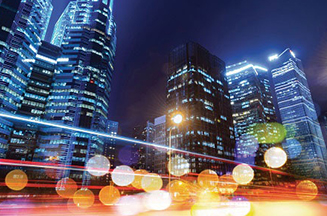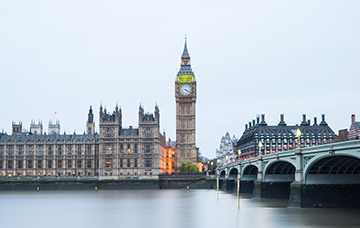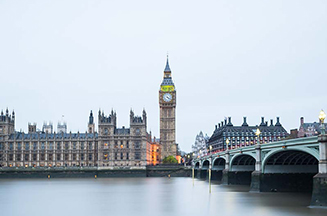15 minute city: the future of sustainable energy for cities?
15 minute cities could play a vital part in helping reduce carbon emissions and creating cleaner air in our most populated cities.


E.ON
09/06/23


What is meant by a 15-minute city?
1. Less reliance on cars


2. Cleaner air
3. Quality green space


4. Reducing city temperatures
How 15 minute cities could work in the future
Read our other blogs


18 October 2022
Blog post
How smart cities are only getting smarter
The future of smart cities promises to look vastly different than the present − and it's clear that coming years will bring more mind-blowing advancements to a town near you.


14 September 2021
Blog post
5 visions of cities of the future
Cities around the world are looking for ways to increase their sustainability. How we live, work and play is being re-evaluated and re-energised to make our cities cleaner, greener and more relevant to the times.


9 September 2021
Blog post
The 10 smartest cities in the world
Artificial intelligence and automated technology are just some of the new solutions that are enabling cities to run more efficiently and smoothly.